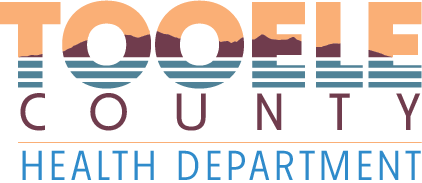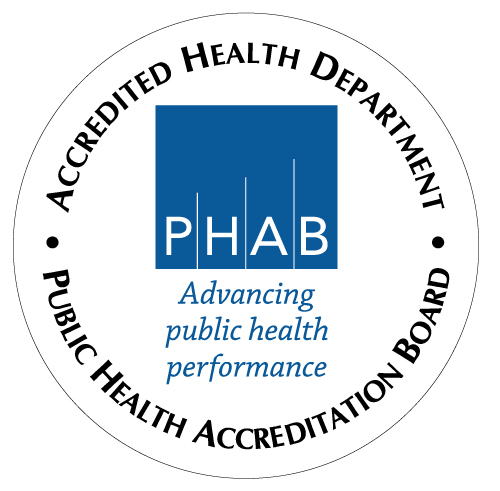SALT LAKE CITY — The Utah Department of Environmental Quality encourages the public to check daily air pollution forecasts for Utah’s summer ozone at air.utah.gov. Although the Division of Air Quality (DAQ) monitors for ozone year-round, it is most notable when a mix of chemicals emitted mainly from vehicle tailpipes, diesel engines and industrial sources are combined with sunlight and heat.
Click here for a copy of this news release –DEQ Ozone Alert May 2016
The highest ground level ozone concentrations usually occur between noon and 8 p.m., May through September.
In October 2015 the federal ozone standard was lowered from 75 parts per billion (ppb) to 70 ppb, which could mean more days when DAQ issues “moderate” alerts, or “unhealthy” for sensitive people.
“Emissions from vehicles and vapors that come from paints, solvents and fuels can be reduced significantly through a few simple actions,” said Bryce Bird, director of DAQ. “The best choices we all can make during the summer months are to regularly leave our vehicles parked for the day and find other ways to get around, as well as regularly reduce the use of paints, solvents and other products that emit VOCs, and small engines that emit large amounts of pollution—especially when conditions are apt for the formation of ground level ozone.”
DAQ will provide Utah residents with air quality forecasting throughout the summer through its UtahAir app (available for free download in both the Apple and Android apps stores), website (airquality.utah.gov), toll-free messages (1-800-228-5434), and regular email updates (deq.utah.gov/ListServ).
DAQ’s air quality alert system, which launched in 2013, consists of two parts:
Part 1—Action Alerts: Three basic symbols to indicate unrestricted, voluntary and mandatory actions for ozone pollution.
• Unrestricted Action (symbol = circle): No restrictions, but visible emissions from solid fuel burning devices must meet air quality regulations. Individuals are encouraged to limit emissions and choose cleaner transportation options.
-MORE-
• Voluntary Action (symbol = inverted triangle): Individuals are asked to voluntarily TravelWise by consolidating trips and choose cleaner transportation options. Limit volatile organic compound (VOC) emissions.
• Mandatory Action (symbol = X): Employers activate mandatory trip reduction programs. Individuals should TravelWise by consolidating trips and choose cleaner transportation options. Limit volatile organic compound (VOC) emissions.
Part 2—Health Guidance: EPA’s national standard Air Quality Index (AQI) is divided into six, color-coded categories that correspond to different levels of pollution and related guidance for individuals with health concerns.
The months of May through September, when temperatures are high and daylight hours are long, are generally when the recipe of hot temperatures mixed with vehicle and industrial emissions can pose health risks for residents. Ground-level ozone, sometimes referred to as smog, can lead to shortness of breath, chest pains and lung inflammation. DAQ encourages Utah residents to visit the Utah Clean Air Partnership (UCAIR)—www.ucair.org— for more tips and ideas on how to reduce emissions, and to TravelWise (www.travelwise.utah.gov) during the summer months.
###
About DEQ
Established in 1991, the Utah Department of Environmental Quality’s (DEQ) mission is to safeguard public health and quality of life by protecting and enhancing the environment. DEQ implements state and federal environmental laws and works with individuals, community groups and businesses to protect the quality of Utah’s air, land and water. For more information, visit www.deq.utah.gov, follow DEQ on Facebook (utahdeq) and Twitter (UtahDEQ), or call 1-800-458-0145.

